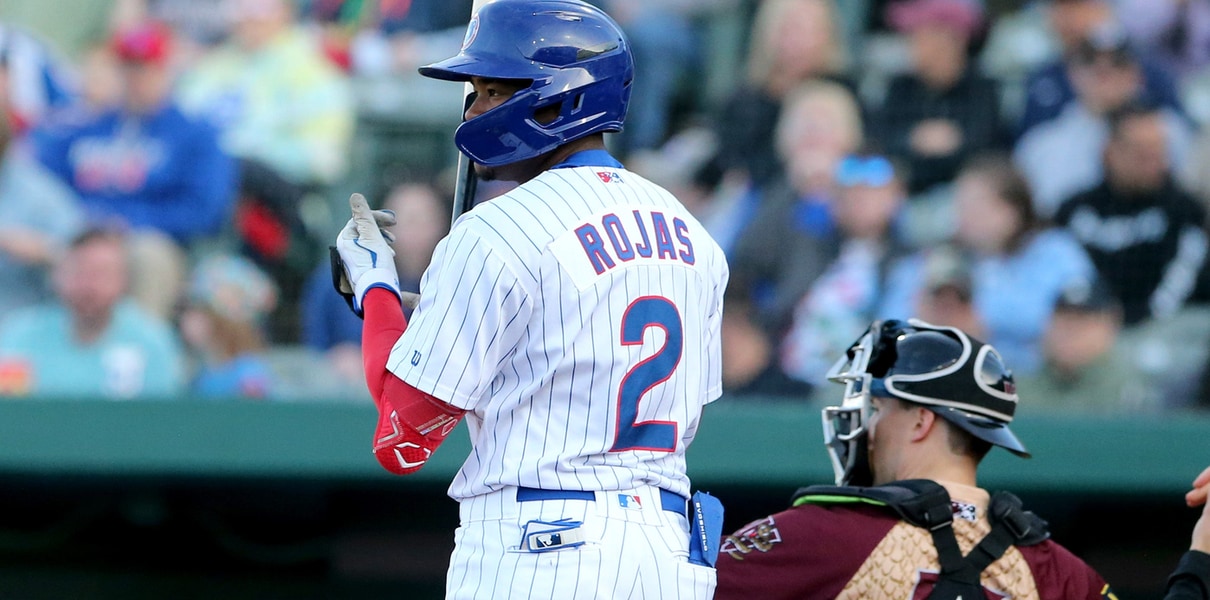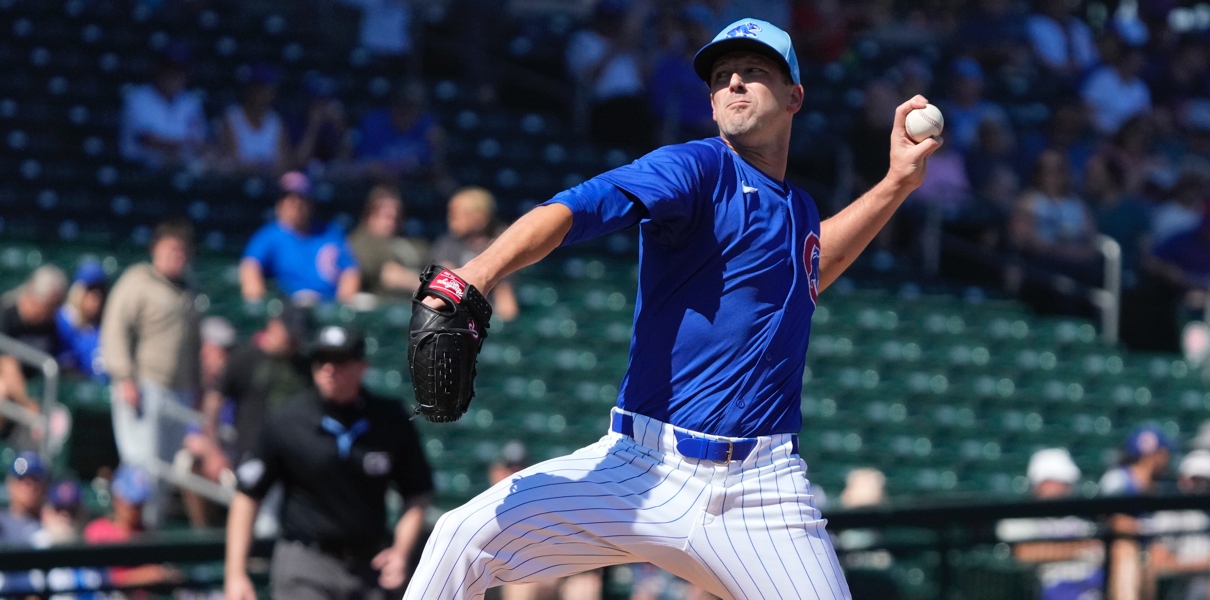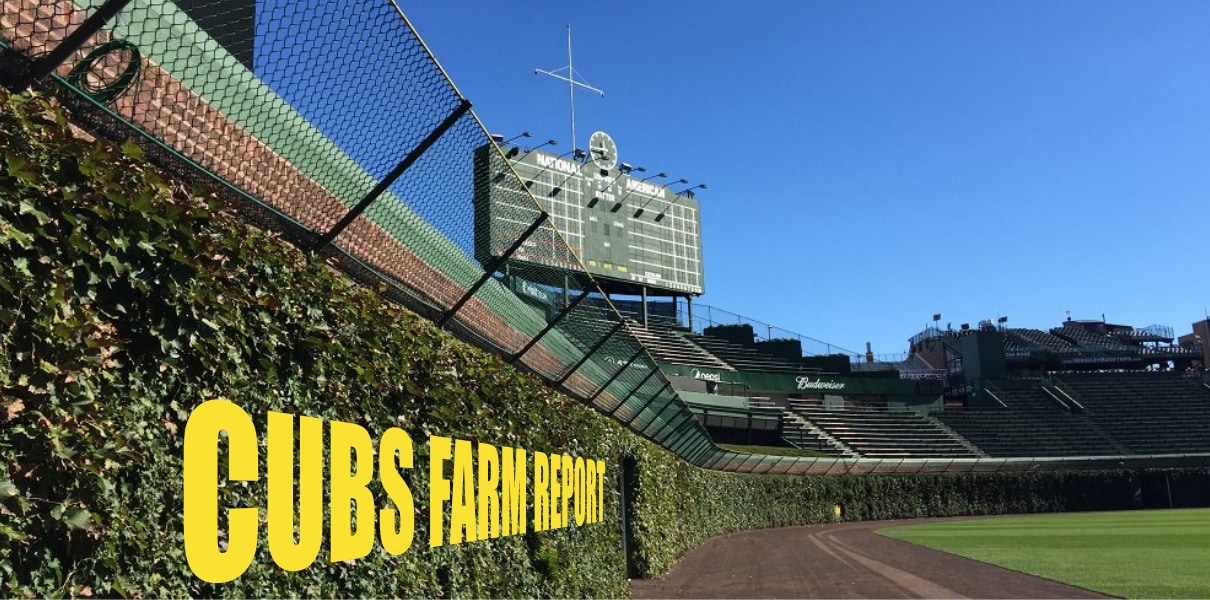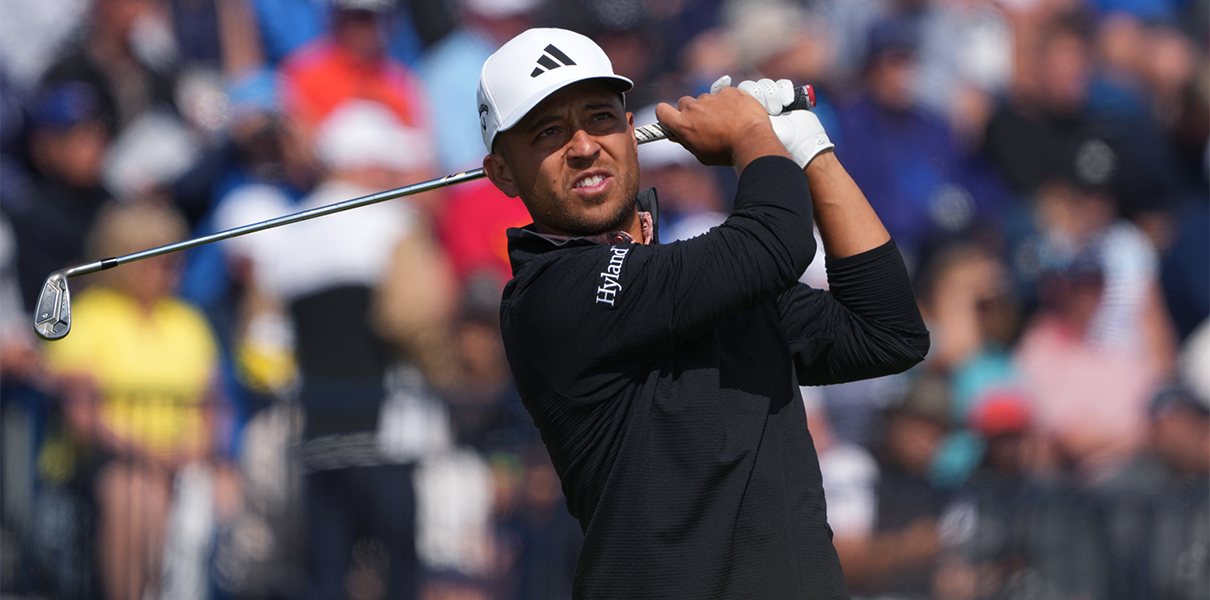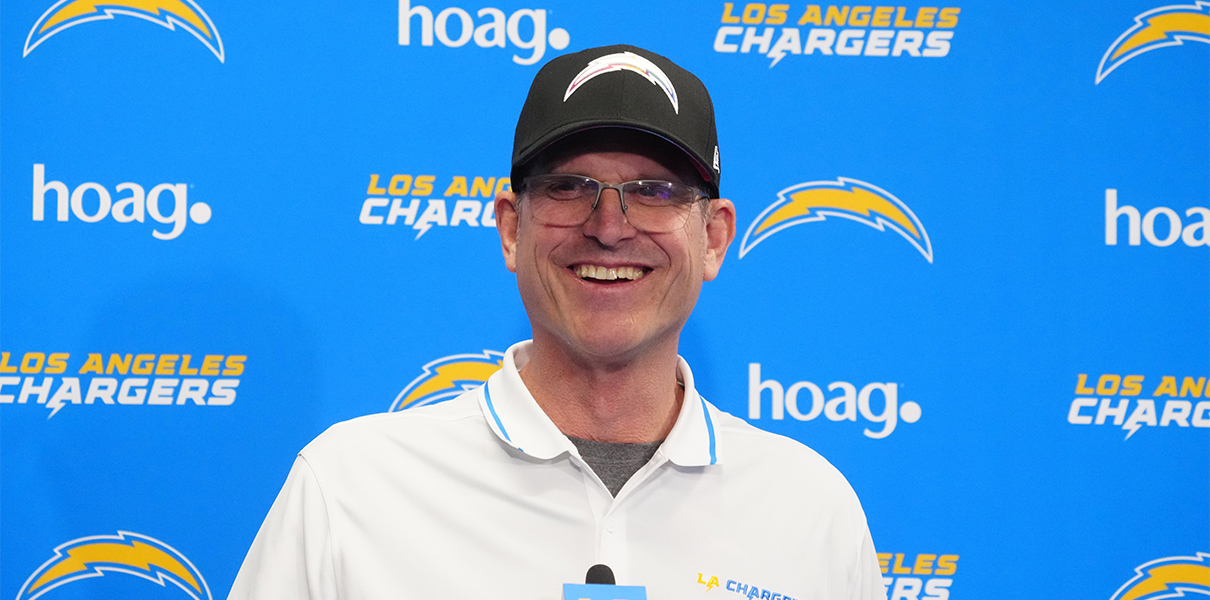I have mixed feelings on a salary floor being some kind of cure-all (or even cure-most) for issues like tanking, appropriate player compensation, and team-to-team revenue-sharing. On the one hand, I can see how it could work to address all of those issues in at least some small part, but there’s something about it that feels so artificial. You’d rather there were rules and structures in place that would MAKE small payroll teams want to spend a little more, not force them to put another contract on the books for a guy they might not actually want.
I am also not sure how realistic it is as a tool when the owners will almost certainly insist that any salary floor comes with either a salary cap or a firmer set of luxury tax penalties (so they can treat that even more like a cap). That was the owners’ previous offer, after all.
Anyway, the reason I mention a salary floor today is because it came up in Ken Rosenthal’s latest at The Athletic in a bit of a surprising context: why there might be some slowness in the trade market early in the offseason.
Remember how we have talked about wanting the Cubs to check in with the Oakland A’s about their pricey arbitration-level players? Well, consider this a small wrench in that plan:
The Athletics, after signaling they would reduce payroll by allowing manager Bob Melvin to leave for the Padres without compensation, are virtually certain to open trade discussions on their most expensive players at the GM meetings. However, the possibility of the new CBA including a soft payroll floor is at least giving club officials pause on how quickly to proceed.
The owners’ initial proposal included such a floor, tying it to a reduction in the luxury-tax threshold that made it a non-starter for the players’ union. Still, a team such as the A’s would look foolish if they traded Matt Olson, Matt Chapman, Frankie Montas and Co., only to learn later that a new CBA included a floor of say, $100 million.
In other words, if you think there’s a small chance you’re going to HAVE to carry a payroll next year of at least $100 million, and you know that hanging onto Sean Manaea is going to be the best use of that extra $10 million (or whatever) that you have to spend, then you’re not going to dump him for a modest prospect return in November.
For the A’s, in particular, they’re looking at a payroll right now some $20 to $30 million under a hypothetical $100 million floor *EVEN INCLUDING* every arbitration raise. Sure, they could sign a free agent or two later in the winter to get them where they need to be, but a salary floor would all but eliminate their strong desire to dump the arb-level guys for a modest return.
I guess we’ll see what happens in the weeks ahead. Normally you’d expect these arb-level trades to take place before the tender deadline on December 2, but the CBA expires the day before. Which means teams may not have clarity on the rules before then, and we simply might not see these types of trades until well after the new CBA is in place.










